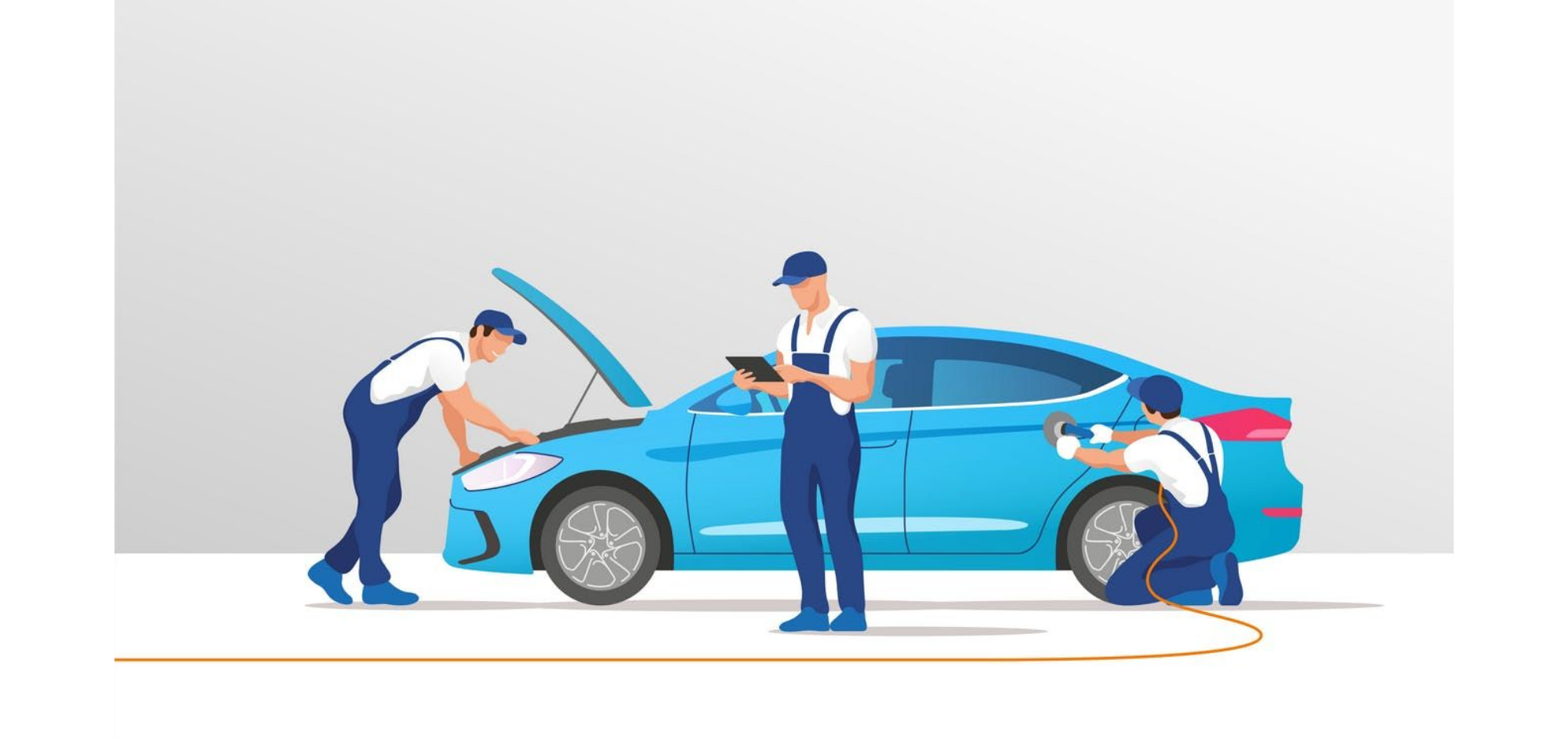
A global semiconductor shortage and an unexpected surge in demand has exhausted new car stock locally, with delays now stretching months across many of the Top 10 brands.
Every car maker has been impacted by the semiconductor shortage, although exactly how badly is hard to determine. It is apparent that it has affected most brands’ ability to produce cars and will continue to cause supply constraints for some time to come.
New car buyers are waiting months and in some cases until the 2nd quarter of 2022 for delivery of new vehicles. The shortage of semi-conductors has slammed the brakes on new car production lines worldwide.
Toyota, the world’s biggest carmaker had planned to make almost 900,000 cars next month but has now reduced that to 540,000 vehicles.
Volkswagen, the world’s second-biggest car producer, has warned it may also be forced to cut output further.
General Motors, Ford, Nissan, Daimler, BMW and Renault, have already scaled back production in the face of the global chip shortage.
The decision to reduce output now has been precipitated by the resurgence of coronavirus cases across Asia hitting supplies.
In early 2020, car dealers were overstocked with new models as demand fell by almost 50%. Many had concerns they may have to close their doors forever, due to the pandemic.
However, 12 months on, the economy had recovered faster than anticipated and demand for new cars is exceeding supply. With travel restrictions in place, more Australians are treating themselves to a new car, boat, or home renovation.
With car production and exports from international markets still significantly low, imports into Australia are likely to remain volatile for some time.
Delays in Sourcing Parts
Container delays are resulting in shortages of parts at repairers nationally and these delays are expected to continue for the next six months.
Almost all manufacturers are experiencing delays that range from 4-6 weeks up to 3 months.
Subaru who rarely had shortages or delays in the past, have been seriously impacted.
Tesla is experiencing lengthy delays of approximately 3 months, with Toyota and Volkswagen delays ranging from 4-6 weeks. This has resulted in an increased need for loan/hire vehicles which are becoming difficult to source.
Repairers are unable to estimate arrival times on parts, making it difficult to provide accurate repair timeframes. These delays though not in the repairers control, continue to impact customer experience and satisfaction with the claims process.
Repairers are attempting to source parts prior to starting major repair work, to minimise delays. This generally works well unless additional parts are required after the work has commenced.
Staff & Skill Shortages
Repairers are struggling to recruit skilled workers both in Metro and Regional areas.
Sourcing skilled workers was already a challenge to repairers pre-COVID, as a low number of TAFE colleges offered training courses for apprentices.
Now the pandemic situation has made it even more difficult to source the required talent.
Some key reasons for these shortages are:
As a result, our partner repairers are under pressure to increase wages to attract and retain employees with the relevant skills.
The above issues have further made it difficult for our partner repairers to expand/open new sites in areas where there is a demand for their services.
All of this has resulted in increased repair booking times and reduced repair capacities.
Sources: